What is Creative Freshness?
Mastering copywriting in digital marketing takes some time. But if you use these tips as a checklist each time you write, you’ll be well on your way to creating some first-rate copy in (almost) no time.
What makes for dynamite digital marketing?
We often think of great visuals, which are absolutely important. But another critical, and often overlooked, component is copywriting.
Now, don’t get us wrong: most marketers include some form of copy in their ads. But the amount of time and effort that goes into crafting copy elements like a headline pales in comparison to the time spent on visuals.
As a digital marketer, underestimating the power of good and bad copywriting is a huge mistake. It’s equally, if not more, important than your visuals. It’s incredibly difficult to master. It requires a deep customer understanding. However, as soon you see some great copy, you’ll recognize (and remember) it.
But what makes for great copywriting? It’s difficult to put your finger on it: there’s something about how it makes you feel, how you relate to the message; or maybe how you can’t help but laugh at the clever wording.
How do copywriting wizards do it?
Here’s a good starting point:
Their copy is 100% focused on their customer’s needs, desires, and problems. They don’t assume what these are, they know them inside-out – and so should you.
If you find yourself writing about your company, your product features, or your interests - just stop. You can put all of that on the “About” page of your website; not in your marketing copy.
Good. What next?
You’re in luck. You don’t need to be Hemingway to produce compelling copy. Here are 9 simple techniques you can use right away to make sure your next ad copy is going to pop:
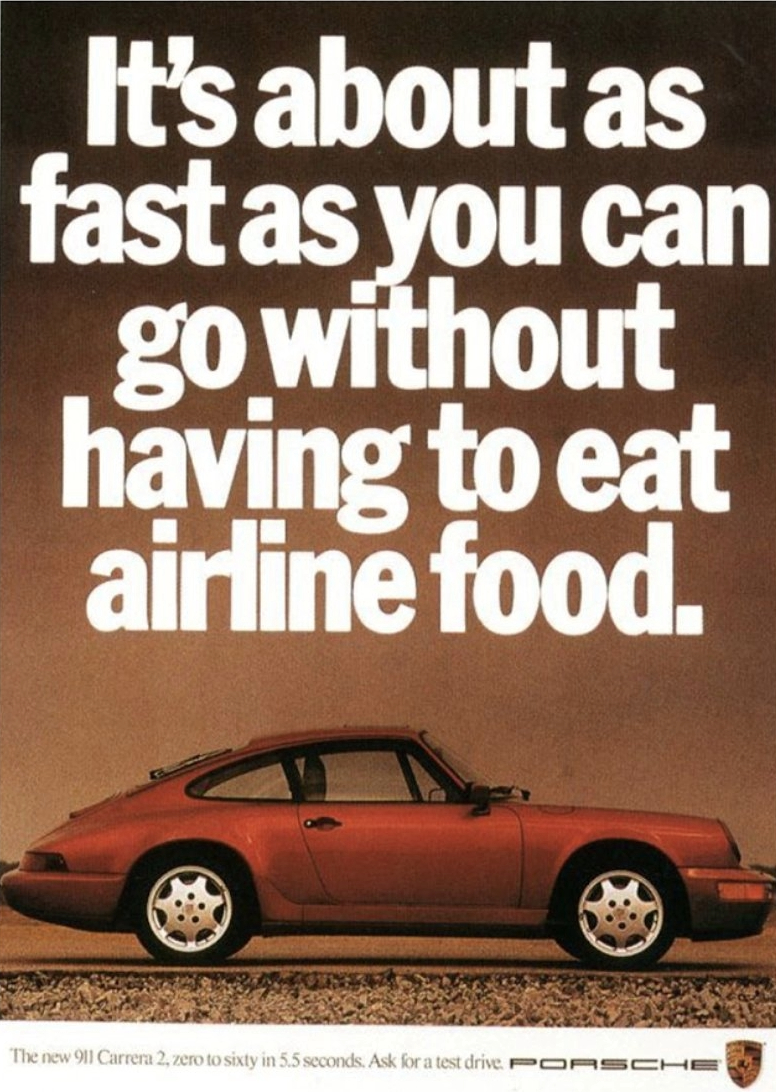
1. It all starts with a killer headline
Your headline is the most important part of your copy, and it only has one job: be interesting enough that your customer wants to read the next line.
Modern consumers are professionals at skimming content. And with a deluge of ads coming their way, every day, why shouldn’t they?
To grab their attention, your headlines should be short, to the point, punchy, and hint at the main value for your customer.
A few tried and true headlines are formed as intriguing questions or powerful statements paired with a sense of urgency.
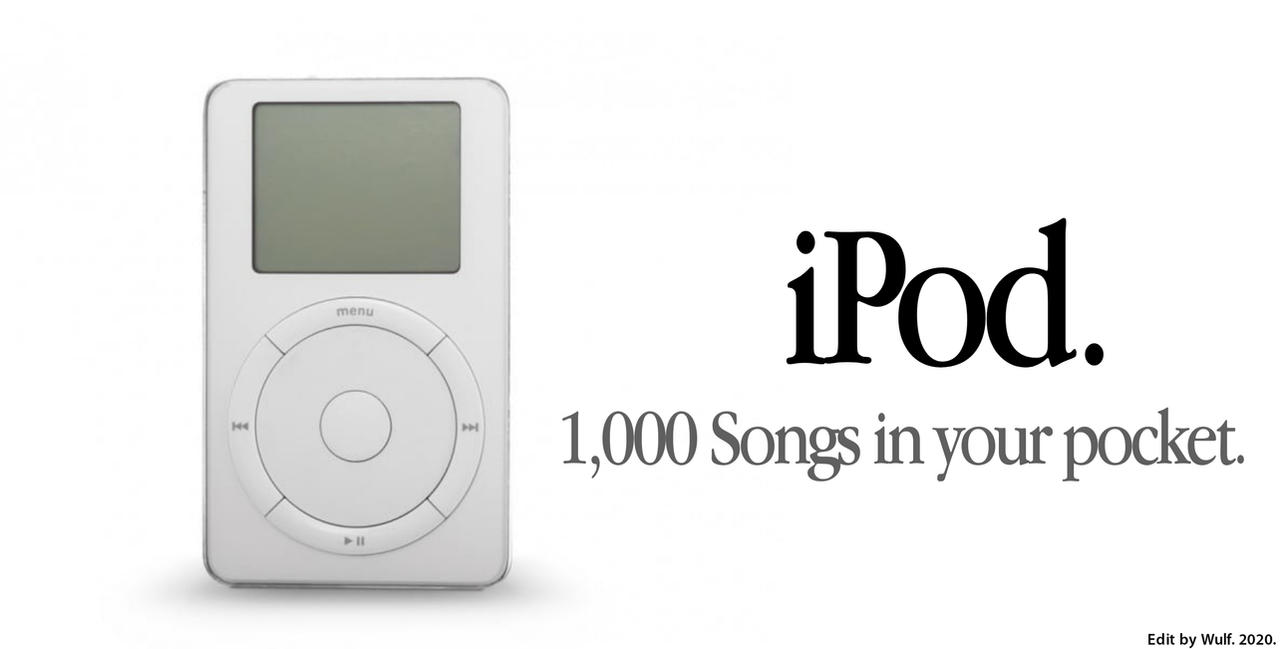
2. Sell benefits, not features
Customers don’t buy features, they buy results – how your product will solve their problems, what it might help them become, and how it will make their lives easier or more enjoyable.
Clearly articulate how your product will solve your customers’ biggest problems and you’ll win them over.
3. Build trust with your customers
Let's face it: there is a lot of crap out there.
Therefore, it’s no surprise that consumers are hesitant about buying from a brand that they’re not familiar with.
Use your digital advertising copy to alleviate this fear and build trust with your customers.
Lines like “Try 30 Days Risk-Free” or using social proof like positive customer reviews can go a long way towards reassuring your customers that they won’t be taken advantage of.
Price, safety, durability, and privacy are typical customer concerns that you can target.
Mind you: be sure you follow through with whatever you offer. Nothing can destroy your brand’s reputation quicker than false promises.
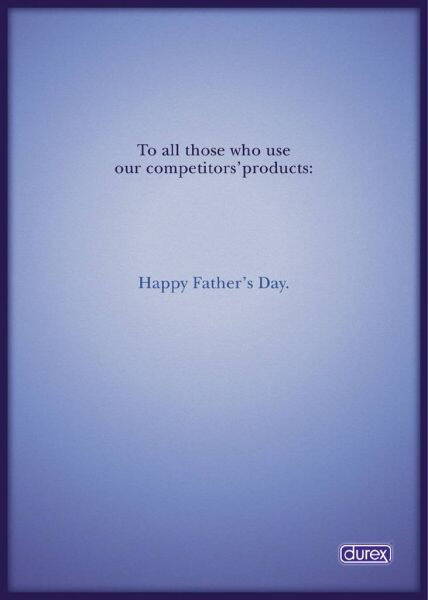
4. Make them laugh
Some people appreciate nuanced wordplay, but everyone appreciates a good laugh.
Mix a bit of humour into your copy to make your ads stand out from the competition. Not only will your ads be more memorable, but your customers will want to share them with their friends and family so they can get a laugh, too.
.png)
5. Avoid generic CTAs
The point of copywriting is to get your customers to act.
This means that a lot of your ad copywriting craft should go to your call to action (CTA).
The call to action is the word or sentence that directs your customers toward the action you want them to take – whether that’s buying, visiting your website, or signing up for your newsletter.
That being said, most CTAs are about as motivational as pyjama Fridays at the office.
Instead, align your CTA with the tone of voice and copy on your page, or mention your key value proposition once more.
6. Align your copy with your brand values
Loyal customers love your products. But what keeps them coming back for years to come is that your company values align with theirs. It’s important that your copywriting reflects those values.
Think about it. If someone told you they were ethically against the meat industry, but ate chicken wings each time they had a beer at the pub, you would think they’re hypocritical and start to doubt their motives.
It’s the same thing with copywriting. It throws your customers off if your marketing communication doesn’t match your company values. Customers will start to question if you really stand for what you said, or if it was a cheap marketing trick to manipulate them.
This can be extremely damaging to your brand and destroy the trust you’ve built with customers.
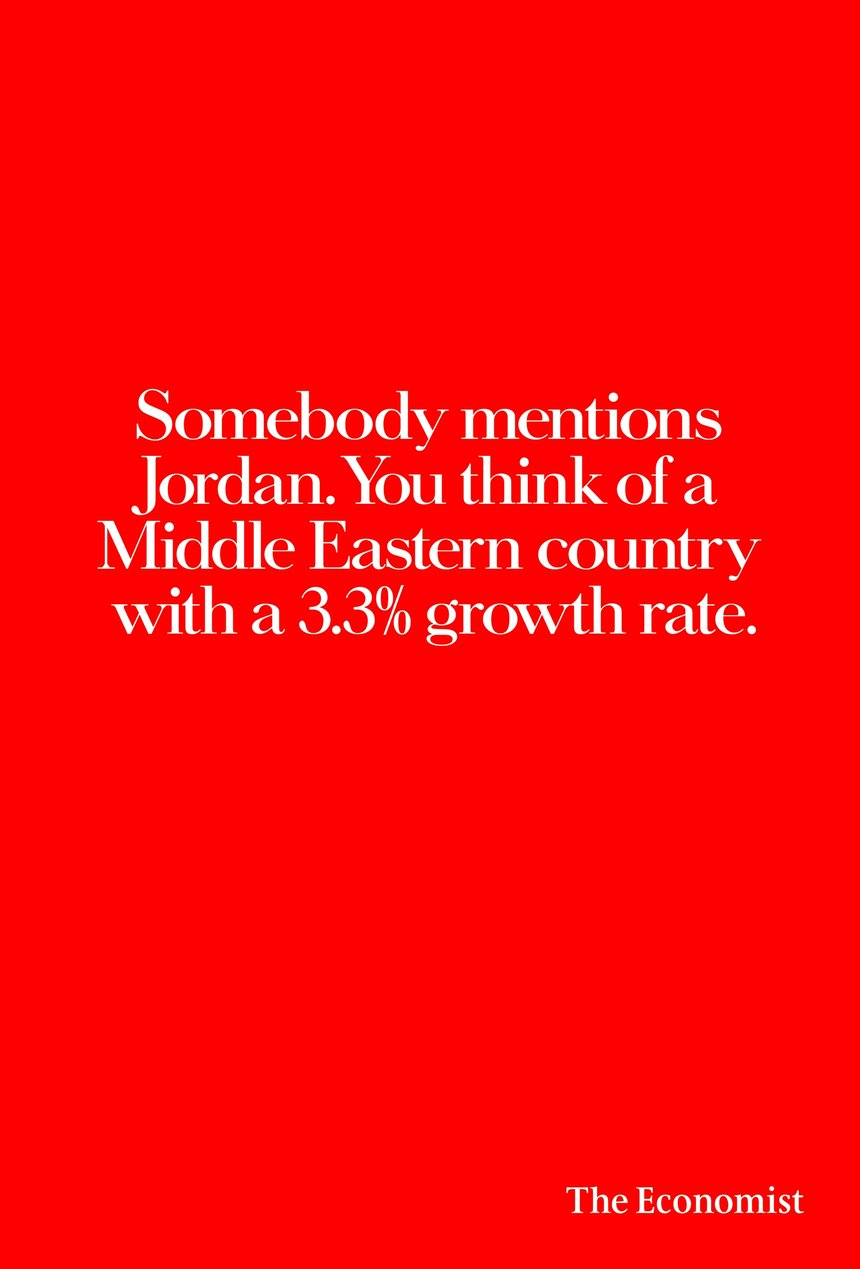
7. Write like they talk
Your English teacher is going to hate you, but she isn’t the one you’re selling to.
People naturally gravitate towards people and things they can relate to.
Copywriting is the same.
Write your copy as your customers talk. That means, no complex technical terms; no “industry best practices”; no “howevers” or “therefores”.
Just every day, tell-it-how-it-is language that’s inviting and easy to understand.
It’s going to feel weird the first time you write like this, but we promise you that it makes for a much more natural flow for the reader.
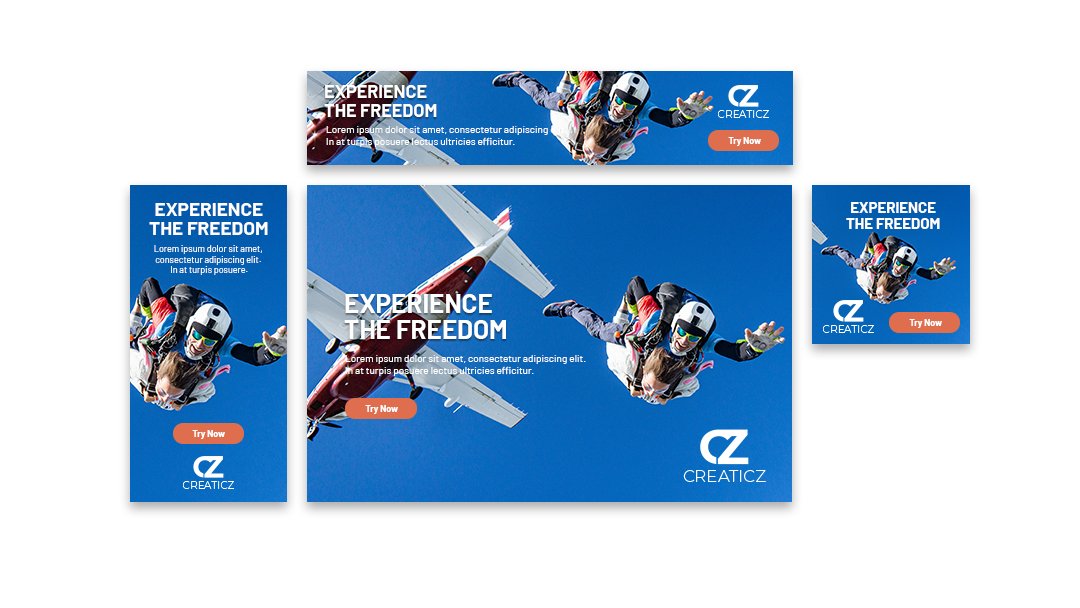
8. Different copy for different channels
Are you creating digital marketing content for different channels?
Thought so.
Do these channels differ from each other?
Then so should your copy.
Depending on the channel, you will have different rules (i.e.: character limits) and different audiences (think TikTok vs. LinkedIn).
So make sure that you adapt your copy accordingly. Younger audiences might be more responsive to memes, pop culture references, fashion trends, and slang. But it may not fly for a more mature, professional audience.
9. Trim the fat
Descriptive writing can be a joy to read when you’re curled up in your favourite chair with a cup of coffee listening to the gentle rainfall on the windows.
But you’re trying to grab a customer’s attention while they scroll at warp speed through a jungle of Instagram models, sports highlights, and trailers for the next binge-worthy Netflix special.
Your digital marketing copywriting strategy must respond accordingly.
A good rule of thumb for marketing copy is that you should be sure to use verbs in the imperative to spur action, but avoid adjectives as much as possible. If a word isn’t necessary, drop it.
How do I tell a story without any adjectives?
In a novel, storytelling depends exclusively on the words the author uses. But in marketing, you have other tools at your disposal – visuals, buttons, colours, and sounds. These can be combined with crisp copy to create a vivid story for the viewer.
Excited to begin your journey to level up your performance on advertisements? Book a demo with a Zuuvineer below.
Tags:
12.10.2023




